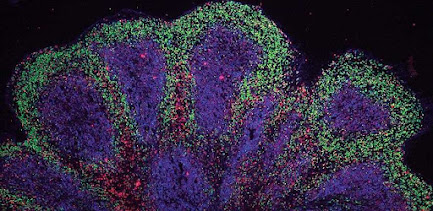 |
| Baby copperhead snake. Credit: Peter Pattavina, U.S. Fish and Wildlife Service. |
Snakes rank among Americans’ top animal phobias, and are among the most disliked animals globally. A new study from North Carolina State University finds that the dislike of snakes is subconscious and, to some extent, learned.
“Snakes are important,” said the study’s first author Audrey Vaughn, a former graduate student at NC State. “They serve as both important predators and sources of prey for other wildlife. They can also serve as important ecological indicators. This disdain that people have for them is something that impacts our ability to make sure they are well conserved. That in and of itself is a reason to better understand these attitudes and to try to figure out what can be done about them.”
In the study, researchers used the implicit association test (IAT) to understand the attitudes of 175 people, including adults and children, toward snakes versus songbirds. They compared results for parents aged 21 to 76 years, and children 7 to 17 years, and attitudes between households. They used a software system developed at NC State to deliver the test, which has been used to test people for subconscious gender and racial biases.
“Studies can be divided into two types: explicit studies, which often use surveys and allow people to think and have a rationale for why they feel a certain way, and the other is implicit, which is subconscious,” said study co-author Nils Peterson, a professor in NC State’s Fisheries, Wildlife and Conservation Biology program. “The test is somewhat of an imperfect tool in large part because implicit attitudes aren’t great predictors of what people actually do.”












.jpg)

